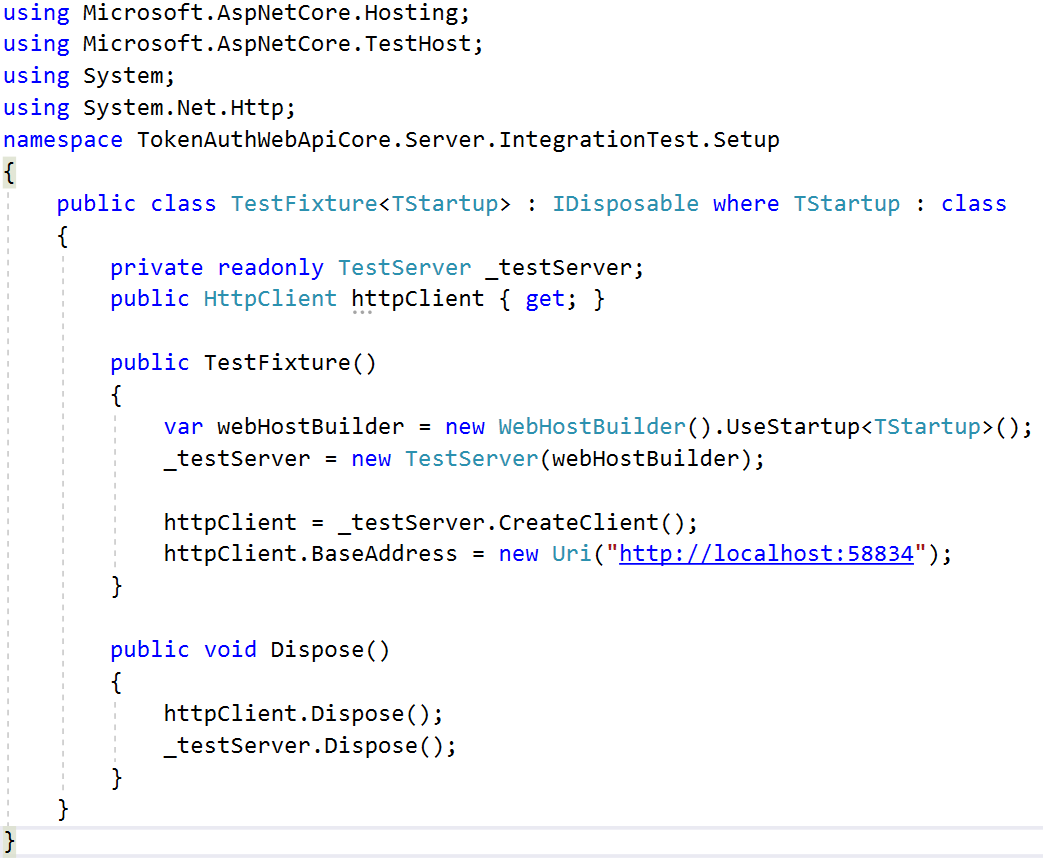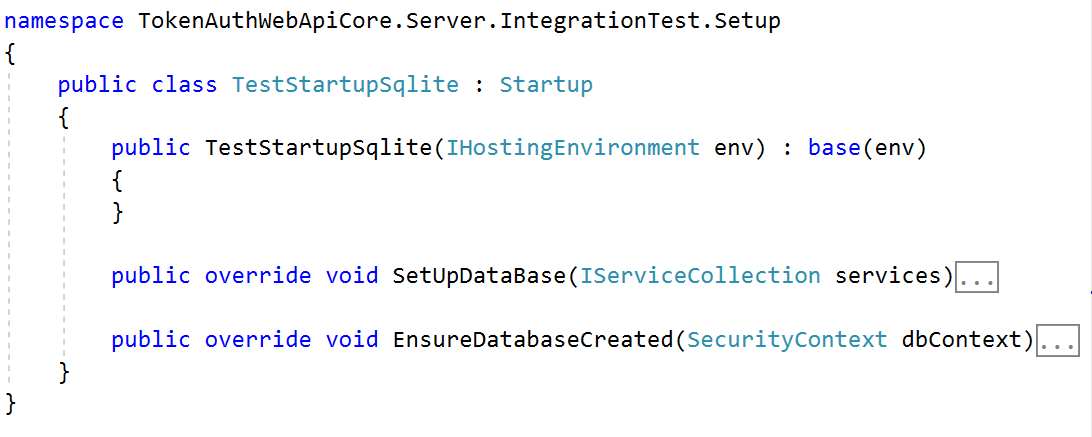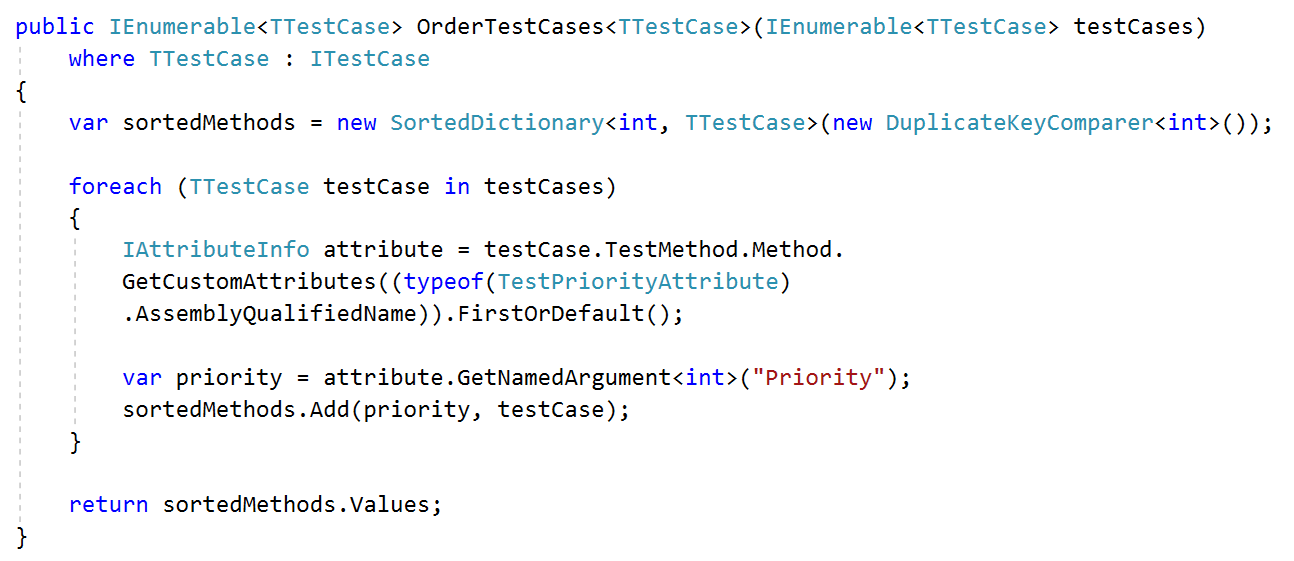Asp.Net Core Web Api Integration testing using InMemory EntityFrameworkCore Sqlite and XUnit2
Compared to unit testing, Integration testing gives us a better return on test investment.
Nowadays, we have a lot of tools to set it up easily, and it can go faster and gives us more confidence with code we have changing knowing we have not breaking existing functionalities.
It can help us to catch regression errors, before we deploy to a test environment, and fewer bugs in new features, resulting Higher velocity and higher quality solution
Unit testing test behaviour of a class and drive its implementation, run in memory and mocks the Data Access Laywer while Integration testing test the entire system and focus on interactions between many classes, uses the real database and test the Data Access Laywer and its value is to catch regressions. So Integration testing may catch errors that passes on unit testing
In this tutorial, I will talk about Asp.Net Web Api Core Integration testing using InMemory EntityFrameworkCore Sqlite and Xunit2
So lets go ahead and implement some integration tests for the solution discussed on this tutorial Token Based Authentication using Asp.net Web Api Core
Note : InMemory is not a relational database. It is designed to be a general purpose database for testing, and is not designed to mimic a relational database. So it will allow us to save data that would violate referential integrity constraints in a relational database.
InMemory is sufficient to test our case ( user registration and authentication) but to test a large database, please use local DB instead of InMemory. In my next tutorial, I’ll show how to replace InMemory with localDB
Lets start and create a XUnit Test Project using Visual Studio 2017

Add reference to the project TokenAuthWebApiCore.Server that represent our system under test


INTEGRATION TESTING USING SQLLITE IN MEMORY
Lets install some dependencies



Lets create a Generic TestFixture class, here we are going to create a Test Server to target our API Server http://localhost:58834
So we build a host by creating an instance of WebHostBuilder. And our tests classes will inherits from IClassFixture<TestFixture<OurTestStartup>>

Next, open Startup.cs file of project TokenAuthWebApiCore.Server and add 2 virtual methods SetUpDataBase and EnsureDatabaseCreated. So this 2 methods will be overriden in our test StartUp class to use a test database like SqlLite InMemory or SqlServer Local DB or any other database system

Here we are using SQLLITE, so lets create a TestStartupSqlite class that inherits from Startup

Next , overrides SetUpDataBase and Configure SqlLite Inmemory, so we will use SqlLite instead of the production database
Next , overrides EnsureDatabaseCreated to ensures that the database for the context exists. If it exists, no action is taken. If it does not exist then the database and all its schema are created.

Next, create our first Test class AuthControllerRegisterUserTest and inherits it from IClassFixture<TestFixture<TestStartupSqlite>>

Here is the implementation of test method WhenNoRegisteredUser_SignUpWithModelError_ReturnBadRequest

Here is the implementation of test method WhenNoRegisteredUser_SignUp_WithValidModelState_Return_OK

Next, lets order tests methods , because to be able to get a existing user, we must register it first. So create a PriorityOrderer class that implement ITestCaseOrderer and TestPriorityAttribute class and implement them as follow



Next, create our first Test class AuthControllerTokenTestand inherits it from IClassFixture<TestFixture<TestStartupSqlite>> and implement it
Decorate test methods with TestPriority(1) and TestPriority(2). So the method decorated with TestPriority(2) will be executed after the method decorated with TestPriority(1) that is UserRegistration Test

Thank you for reading
sample code is available here Asp.Net-Web-Api-Core-Integration-testing-using-InMemory-EntityFrameworkCore-Sqlite-and-Xunit2







